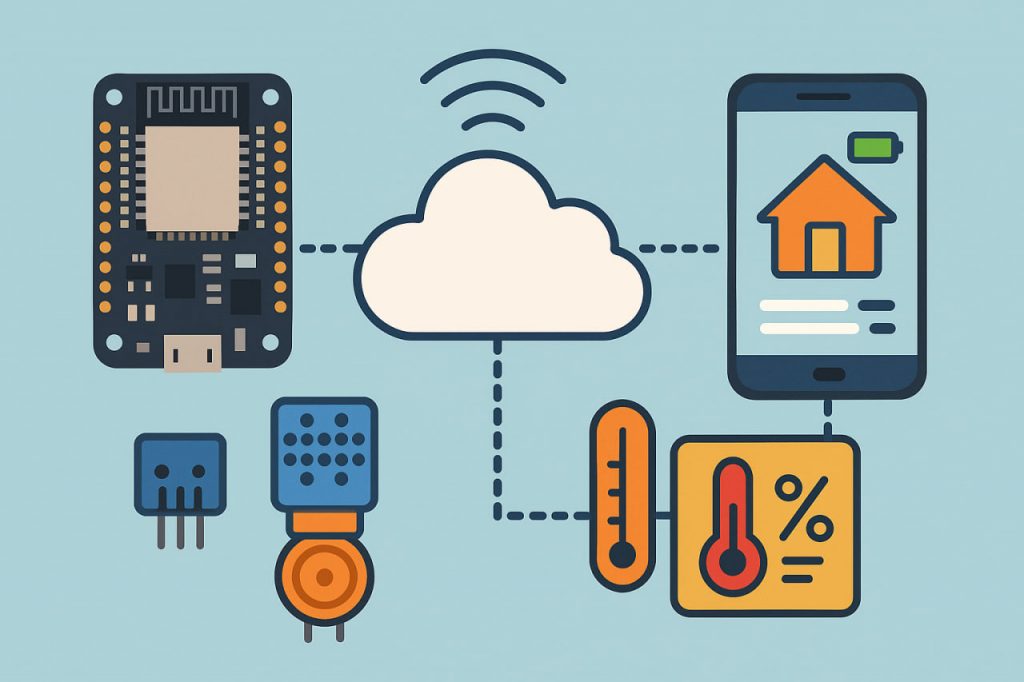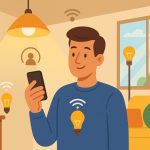The Internet of Things (IoT) refers to a network of interconnected devices that can collect, exchange, and act upon data. From smart homes to industrial automation, IoT systems are transforming how people interact with the physical world. Building your own IoT system may seem complex, but with proper planning and understanding of its components, anyone with a technical mindset can do it. Whether you’re creating a smart irrigation controller or a home security system, success begins with knowing how the parts fit together.
Defining the Purpose and Scope
Before selecting hardware or writing code, it’s essential to define the goal of your IoT system. Is it for monitoring, automation, or remote control? Will it operate indoors or outdoors? How many devices will be connected?
Understanding the use case helps determine which sensors, communication protocols, and microcontrollers are suitable. For instance, a smart thermostat needs temperature sensors, actuators for HVAC control, and secure wireless communication. Documenting these requirements at the start saves time and reduces rework later.
Choosing the Right Microcontroller or Platform
At the core of any IoT device is a microcontroller or microprocessor that handles input, processing, and communication. Popular boards include the ESP32, Raspberry Pi, and Arduino. Each platform has its own strengths:
- Arduino is ideal for basic sensors and actuators.
- ESP32 provides built-in Wi-Fi and Bluetooth for wireless projects.
- Raspberry Pi is more powerful and supports full operating systems.
The choice depends on the complexity of your application, power requirements, and connectivity needs.
Selecting Sensors and Actuators
Sensors are used to collect data from the environment, such as temperature, humidity, light, motion, or gas levels. Actuators convert electrical signals into physical action, such as opening a valve, rotating a motor, or turning on lights.
Each sensor must be compatible with your microcontroller in terms of voltage, interface (analog, digital, I2C, SPI), and data rate. Be sure to select components that are reliable and calibrated, especially for critical applications like health or safety monitoring.
Establishing Connectivity
IoT devices require a way to communicate with each other or with a central server. Common connectivity options include:
- Wi-Fi for home-based systems,
- Bluetooth Low Energy (BLE) for short-range applications,
- LoRa or NB-IoT for long-range and low-power setups,
- Zigbee or Z-Wave for mesh-based smart home systems.
Devices typically transmit data to a cloud platform, local server, or gateway, depending on latency, cost, and security requirements.
Programming the Device
Programming is where your device comes to life. Most IoT platforms support development in C/C++, MicroPython, or JavaScript. Using environments like Arduino IDE, PlatformIO, or Node-RED, you can code how the device reads sensor data, processes it, and sends or receives commands.
You’ll need to implement event logic, data filtering, power management, and error handling. Testing your code thoroughly before deployment helps avoid critical bugs in real-world use.
Cloud Integration and User Interface
To visualize and interact with your IoT system, cloud services like ThingSpeak, Blynk, or Firebase offer ready-made platforms for data storage and remote control. For more flexibility, you can set up your own backend using tools like MQTT, Node.js, and InfluxDB.
A web dashboard or mobile app allows users to monitor system status, receive alerts, and modify behavior in real-time. Strong data encryption and user authentication are vital for maintaining privacy and security.
Conclusion
Building your own IoT system is an exciting intersection of hardware, software, and networking. By understanding each layer—from sensors and microcontrollers to communication and cloud platforms—you gain full control over how your system functions. With practice, you can expand from simple projects to more advanced and scalable applications.
Glossary
- IoT (Internet of Things) — a system of connected devices that collect and share data.
- Microcontroller — a compact computer on a single chip, used in embedded systems.
- Sensor — a component that detects physical changes and converts them to electrical signals.
- Actuator — a device that performs a physical action based on a command.
- MQTT — a lightweight messaging protocol used in IoT systems.
- LoRa — long-range, low-power radio communication technology.
- Cloud integration — storing and processing data on remote servers accessible via the internet.
- Node-RED — a visual programming tool for connecting hardware and services in IoT.


